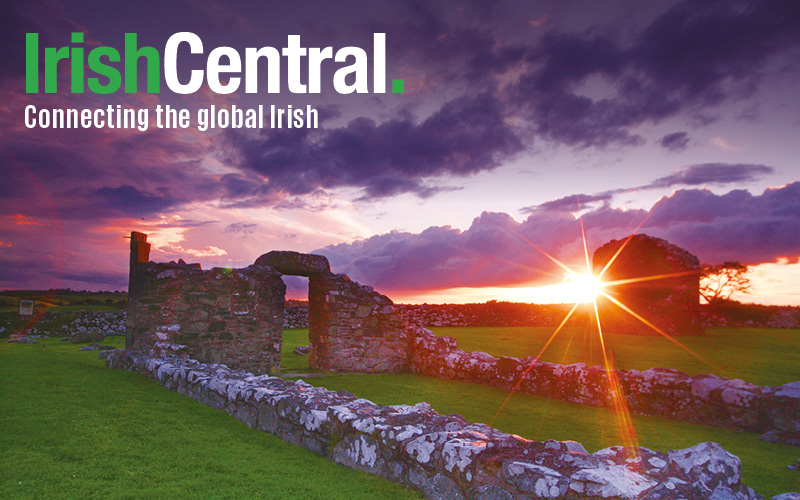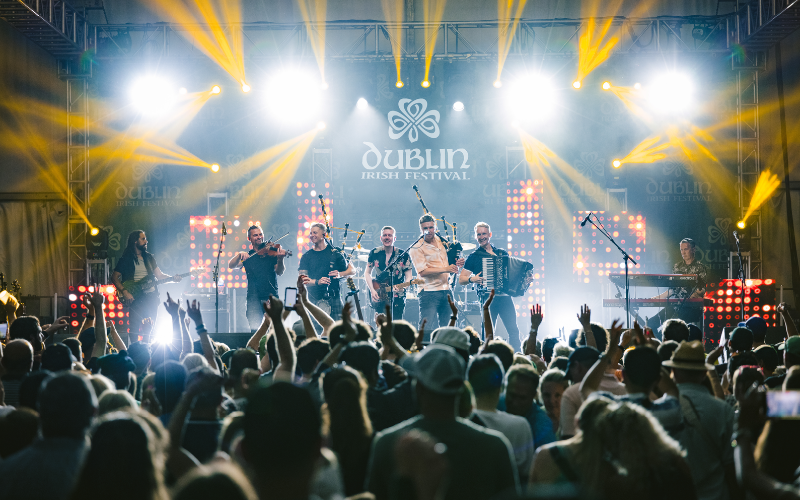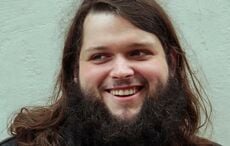|
Adult Irish Dancer Photo: Flickr/Andreas Schepers |
Twelve years of age may seem late to begin dancing by modern standards, but Phil Cahill is quoted as saying that when he began dancing in the early 1900s, “There were no children dancing like there are nowadays”. It is interesting to note that, according to Cahill, there were plenty of boys and men interested in dancing. Few girls competed, and they were only adult women who participated in figure dancing.*
When you walk into a modern Irish dance studio, the overwhelming majority of students are female children and young adults. The occasional boy is seen clicking his heels and many Irish dance studios now teach adult classes.
| The Blackbirds adult Irish dance group at the College of Wooster in Ohio Photo courtesy The Blackbirds |
Adult Irish dancing has seen an increase in the past few decades, as have all things Irish dancing since Riverdance The Show. With the increased connectivity of the internet, more Irish dancing adults are supporting each other in their goals whether for competition, performance, or the sheer fun of it. Young champions are continuing to dance into their adult years, some dancers are returning to the now adult-favorable atmosphere and new adult beginners are trickling in.
-------------------
Read more:
Waterford and Galway Irish crystal awards rank high on Irish dancer wishlists PHOTOS
--------------------
--------------------
After one hundred years, the demographics in Irish dance have shifted from mostly adults to an overwhelming flux of young dancers. This switch happened naturally and can easily swing in both directions. One can only hope that the door will continue to swing wide and allow dancers of all ages opportunities to express themselves.
| William Lee O'Rourke Irish Dancers, New York Photo S.J. Velasquez for Feis America LLC |
Where will the adult Irish dancer's journey take him? What possibilities will arise for adults as they brainstorm and find new outlets for their love of dancing?
If the world is a stage, adults don’t have to be in the audience. Having a few more birthdays won’t hold them back from pursuing what they are passionate about. The question is not simply what can an adult Irish dancer do, but what can she can become?
*Cullinane, Dr. John P. Aspects of the History of Irish Dancing. Ireland: Published by the author, 1987, p. 44.
-----------------------------
Readers: Are you an adult Irish dancer, competitive or not, with a story to share? Would you like to inspire others to feel your passion for Irish dancing and culture? Do you have a question about Irish dancing? Please visit www.christydorrity.com.
Like us on Facebook, comment in the box below, Tweet this post to your friends or follow us here on Irish Central's Irish dance page! Feis America LLC is the world's most respected media feed for Irish dance and has been selected by the Irish Dance Teachers Association of North America to provide live commentary and results at the 2012 North American National Irish Dancing Championships!




Comments